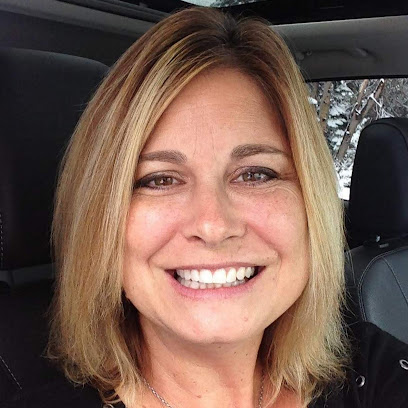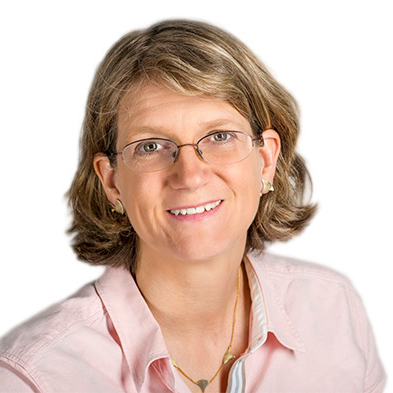Praise For: Cranial Facial Distortions and Their Impact on Childhood Development
Hear directly from our students about the benefits of our program.-

Dr. Nicole Lederman
In my practice I see a lot of kids in their first few weeks of life and many with breastfeeding problems. I was hoping to gain some tips to better serve my patients.
My biggest take away from this course was to give me better language to help educate the parents of the children I serve so that they better understand the role of chiropractic and cranial adjusting to the overall health of their families’.
This program has helped in terms of being better able to explain my findings and the role of chiropractic and cranial work for the youngest of patients.
I feel that my connection and education has resulted in better relationships with the parents of the children I serve as they are better able to advocate for their children and follow through with home care and keep their appointments. Thank you!
-

Michael Bell, DDS
I am a holistic dentist always looking to expand my knowledge. My first granddaughter experienced a tongue tie revision and plagiocephaly treatment.
My three takeaways: A child’s growth is deeply multifaceted. Childhood conditions and diseases should not be commonplace and should be re-evaluated from a different angle. Normal and common should not be interchangeable terms when talking about childhood development.
I personally witnessed my granddaughter go through a tongue tie revision and improve her ability to feed. My granddaughter’s head shape changed drastically through PT, body work and chiropractic care and no longer needs a helmet. Her cranial asymmetry went from 5.1 to 0.8, without a helmet!
I evaluate my pediatric dental patients more thoroughly and ask parents more questions about their infant hood and milestone timelines.
Thank you for a great course!
-

Brigitte DeLashmette, MD
I wanted to learn what signs to look for in infants that may tip off that there are some cranial imbalances that need to be addressed
I’d say one would be to observe, observe, observe – notice details in the face, skull, etc. The other would be that there are things that can be addressed at home if mild, such as placing toys on the restricted side in the instance of torticollis, for example. Third would be the innate intelligence of the body mindset toward potential and growth – I think this is the accurate frame to convey this to patients.
Gave useful information so parents can know when to intervene early to put kids on the best trajectory of potential/development.
-

Silke Laub, DC
I took this program to improve my cranial adjusting skills and understanding for the adult and pediatric population.
I like the segmentation and the Q and A and the availability of the doctors to answer all questions.
This program has made huge steps forward especially in TMJ issues and autoimmune disease
I used the Ventricular bulb technique with an MS patient with increased swelling in legs, reduced by 50% the next day.
I would recommend this program, but probably not to someone who has no hands on prior experience in cranial work due to pressures and understanding of the concept, since this is not a hands-on class.
The concept is great, and with the video format I could re-watch the segments, using it with having a volunteer on the table and let the techniques ‘sink in’
-
Dr. Kunnakar Lung-Tor
I wanted to take this course to learn more about SOT pediatrics.
This course gives a nice refresher of the anatomy and a good introduction to SOT pediatrics and a good basic know-hows to what to look out for.
I would recommend doing this course as an introductory course before doing the 10-month SOT Pediatrics course.
I used the SOT techniques on a 3-month old premature baby and it helped to resolve his torticollis and plagio problems.
It is always a pleasure to do your classes and to learn more about SOT. Thank you very much.
The SOT® Pediatric Certificate Program
Demonstrate your commitment to your profession and patients, enhance your skills, and place yourself on the road to mastery in the art of chiropractic adjustment.

